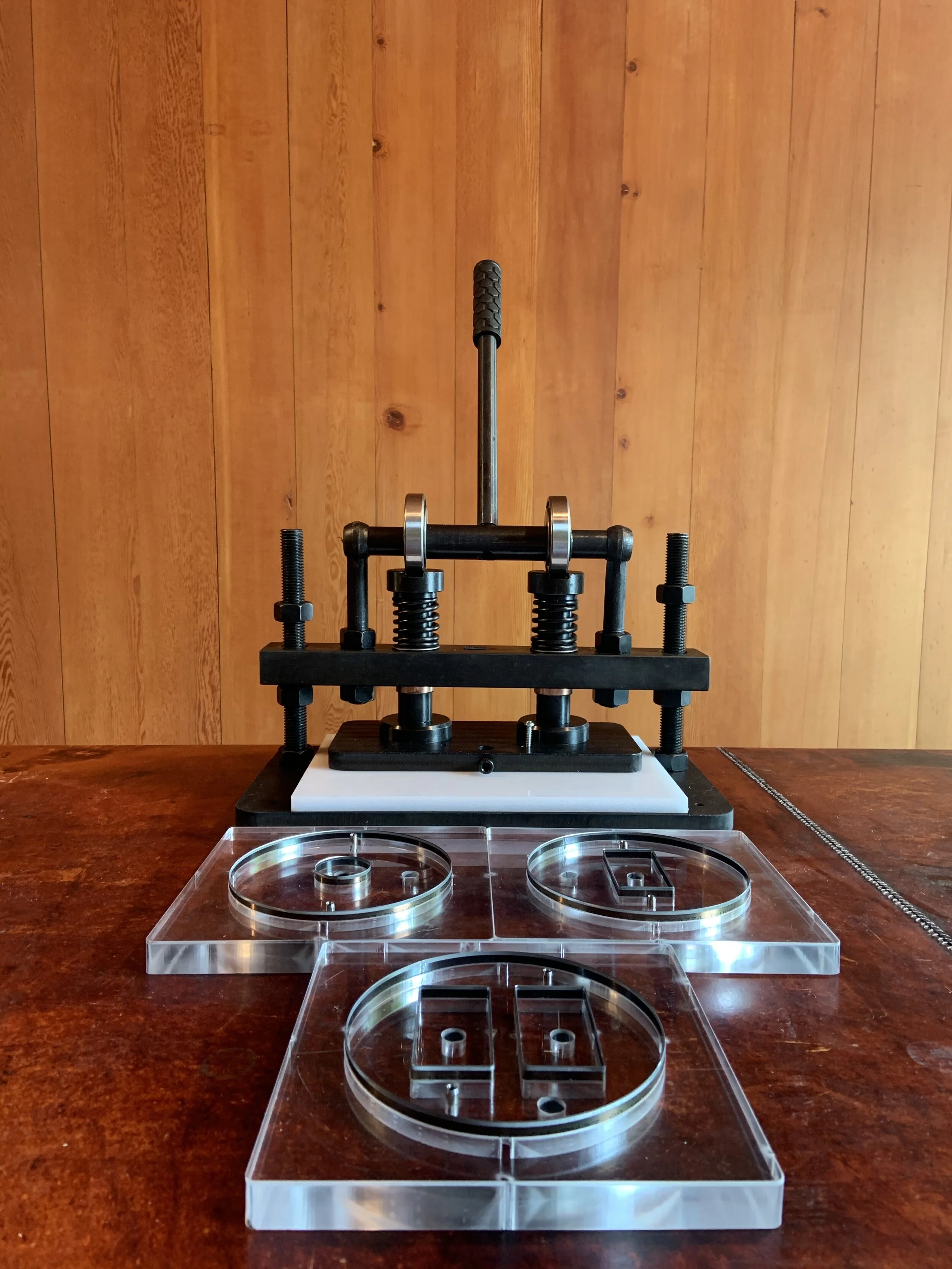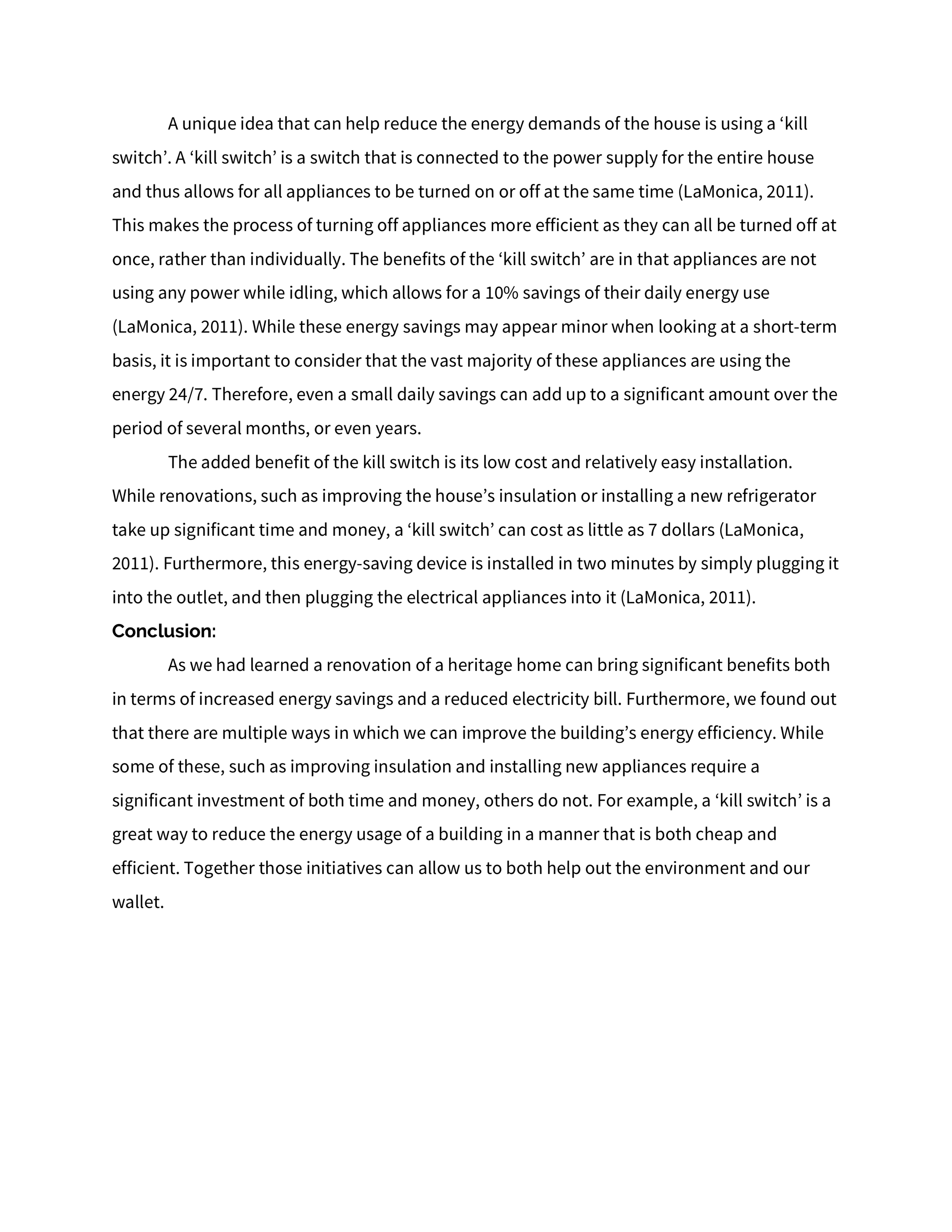Electrical Systems
No Fossil Fuels Here -
Switching from an oil tank to an electric heat pump makes sense- especially now.
Solar panels will generate all the energy we need. Our systems will be electrically powered with the sole exception of a highly efficient wood stove. The city of Victoria offers special incentives to get rid of oil tanks and switch to electric heat pumps. Our neighborhood (Fernwood /Oaklands) has the highest concentration of oil tanks remaining. Many people switch from oil to natural gas - but people we trust urge moving straight to a heat pump. In so doing you can save you up to 75% on your heat bills. We looked at Mitsubishi and Fujitsu heat pumps - both excellent. We opted for Mitsubishi. Accutemp did the installation. The system cost $25,000. It works like a charm and is noiseless. The heat is even and utterly comfortable. Since our house in pretty darn air tight (under 3 air exchanges per hour) we are adding a Zehnder heat recovery system. More on this elsewhere. The balancing of the heat pump and the HRV systems as well as a 3rd blower door test (and victory lap) are scheduled for February 2021. If you save 75% on your heating bill and the system costs $25,000 and your earn a rebate of $8,000 for switching from oil to electric heat pump - how long would your payout be? And how good would you feel about reducing green house gas emissions? 70% of the housing stock is old and efficiency gains are essential to getting to net zero. We had a very good experience with Accutemp. Here are the specs for our system as detailed by the heating specialists at Accutemp. We worked with Mark and Howie. They exercised great care in designing a system that would work well for us. We opted for 2 zones (up stairs and downstairs are operated separately - with a wall mounted thermostat on each floor.
Scott & Scott designed custom registers and air handlers. We did not use the standard issue. We need to check to see where the digital remotes may be.
SUPPLY AND INSTALL MITSUBISHI 2 ZONE HEAT PUMP
OUTDOOR MODEL: MXZ-4C36NAHZ-U1 S# 97U13258D 15.8 SEER 11.30 EER 10.10 HSPF INDOOR MODEL: PEAD-A18AA7 S# 97R02942
INDOOR MODEL: PEAD-A18AA7 S# 92R01887
- PLACE HEAT PUMP AT HOME OWNERS PREFERRED LOCATION
- LINE SETS FULLY INSULATED, STRAPPED AND HIDDEN WHERE POSSIBLE
- 18K BTU CONCEALED AIR HANDLER PLACED IN DISCUSSED BASEMENT LOCATION
- ALL NECESSARY DUCT WORK TO ACCOMMODATE AIR HANDLERS
- ALL NECESSARY DUCT WORK FOR EXHAUST APPLIANCES AND FRESH AIR (3)
- DIGITAL REMOTES FOR EACH INDOOR UNIT (2)
- ELECTRICAL PROVIDED BY HOME OWNER
- START UP AND COMMISSIONING OF SYSTEM
5 YEAR PARTS/COMPRESSOR WARRANTY
The architects design simple and elegant details for the electrical plan in their studio in Vancouver.
We upgraded our electrical system and then we tried to reduce use. We used LED lights and highly efficient appliances exclusively. The house has been net zero since late September 2020. All building equipment operated thanks to power from the sun. Thank you solar system. It irks us that after going to great lengths to reduce our energy use - on the day that we switched power from a temporary pole to permanent mast - BC Hydro demanded payment of $1000 for work that took about an hour to accomplish. A thousand simollians for an hour’s work seems like a lot - kind of like the price of entry for any asbestos remediation. Please add this to your budget calculations.
On a brighter note many people have admired the switch, outlet, light and door knob details wrought in leather on steel. The die press makes this possible. Wit and ingenuity yield beautiful and affordable solutions. See the die press image to the right. Ditto the registers for heat and air exchange ours and ours alone with a brass alloy fern pattern - writ large on the front door BTW.
All electrical work was done by ARQ Electric, Tony Bunko and his right hand, Jordan. Taylor McCarthy has worked with ARQ on other projects. They were great- meticulous, resourceful, dedicated and thorough. (See the About section for contact info).
Scott & Scott have made custom fixtures for the house . They incorporate leather, stainless steel and LED lights.
Solar panels and water capture, two aspects of sustainable design.
The solar panels must connect to the grid in order for all our electric powered systems to function properly.
And they do. On a cloudy day we may be taking power from BC Hydro - on sunny days putting it into the grid. But overall at the end of the year the power company should be paying us. Isn't that a refreshing notion? This is the first time that Tony Bunko of ARQ Electric will install a system like this. Taylor McCarthy at Frontera (our contractor), Tony, and Steve Unger at Viridian Solar correspond closely to get this right. Scott & Scott oversaw the patterning of the panels on the south roof and dormer. We were afraid the panels might be unsightly. Not at all! The install was done really well. Viridian’s drone video/blog post of the house and its solar panels gives you the bird’s eye view. Seriously - houses on our and adjacent streets that climb the Cedar Hill can benefit from solar - whether to power some of the systems - or the entire house. Many people passing have been picking up Viridian cards from our book box. And we benefitted from a Fernwood wide bulk buy. There are plenty of good solar companies and no shortage of sun - what are you waiting for?
Make use of the most energy efficient appliances and lighting you possibly can. LED lights are the way to go. And don’t be afraid of induction cooktops.
How much energy are all those devices you have plugged in actually using? The average home has 40. The Lawrence Berkeley National Lab explains what that means in terms of consumption and how to go about saving about 10% in annual usage. Oleg Saldyga, a student in Cam Owen’s Geography class on sustainable urbanism at University of Victoria in which our house was a subject of study, turned us on to this research. Its all about kill switches and vampire power. Very interesting read, thanks, Oleg!
This is a manual die press that the Scotts ordered to make our light fixtures a combo of steel and leather and LED lights that will be attention getting.
Calculate how much energy you use - then see if you can use less. Don’t forget to apply for rebates when you make reductions.
Rebates can add up to many thousands of dollars of savings.
Useful gadget: the KILL SWITCH
If you are rewiring double up the power circuits, 1 circuit supplies electricity to appliances that need to stay on all the time (fridge etc) the other to appliances often left on standby - which can be centrally switched off after use each night. Note to self to ask Tony (the electrician) if he has done this before. Makes sense doesn't it?
Thanks to a collaboration with the University of Victoria’s GEOG406 class in June 2020, Oleg, a student in the class, produced this report on ways to reduce energy consumption, including the use of a killswitch.







